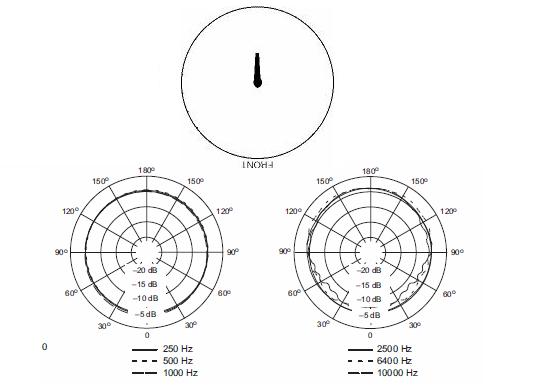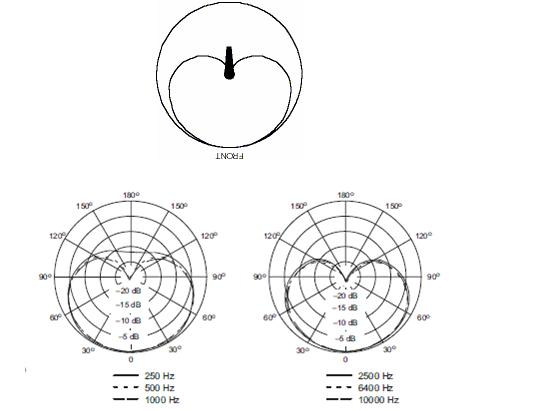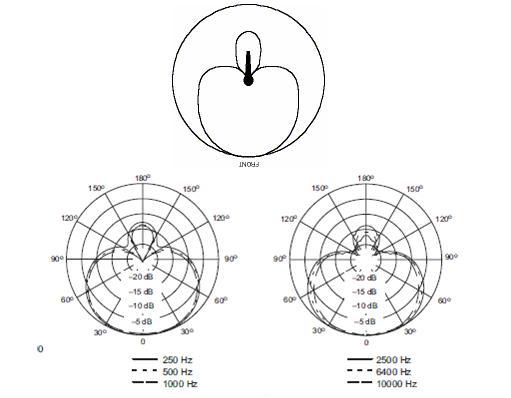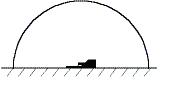Microphone Response Patterns
Omnidirectional

The omnidirectional pickup pattern is a microphone designed to pick up equally in all directions. It is important to note that polar patterns are frequency dependent. This has to do with the reflective/refractive properties of traveling longitudinal waves. It is sufficient to understand that bass frequencies (<100Hz) will always be perceived as omnidirectional. Higher frequencies have a tendency to exhibit reflection and cancellation. Notice the uneven nature of the 10 kHz pattern in figure 1.
Omnidirectional microphones present several advantages as a result of their pattern. Other polar patterns typically exhibit something called proximity effect, where frequencies below 800Hz tend to be exaggerated when the sound source is very close to the microphone. Also omnidirectional microphones are less sensitive to wind noise and handling noise.
Cardioid

A cardioid pickup pattern is often called "Unidirectional". It achieves almost complete attenuation at 180 off-axis. However, this attenuation decreases along with frequency. Our sense of direction in a sound source also relies on higher frequencies. Therefore, the Cardioid pattern provides sufficient realism in capturing isolated sound sources, but cannot completely reject unwanted low frequencies.
Supercardioid

The Supercardioid or Hypercardioid response emphasizes rejection at 120. Hypercardioid microphones are often used to reject monitor feedback in live music performance environments. Additionally, the entire pattern is emphasizing the region between the 90 axes even more than the Cardioid pattern.
Hemispherical

An additional pattern worth mentioning is the hemispherical pickup pattern. As its name suggests, the hemispherical pattern picks up equally for a single half-sphere. The microphone is usually affixed to some substantial surface. The microphone then picks up equally in a hemisphere protruding from the surface. A normal microphone in such a configuration would experience some cancellation at various frequencies due to wave reflections. Boundary microphones avoid this problem by keeping the microphone element so close to the surface that only inaudible frequencies may experience phase cancellation.